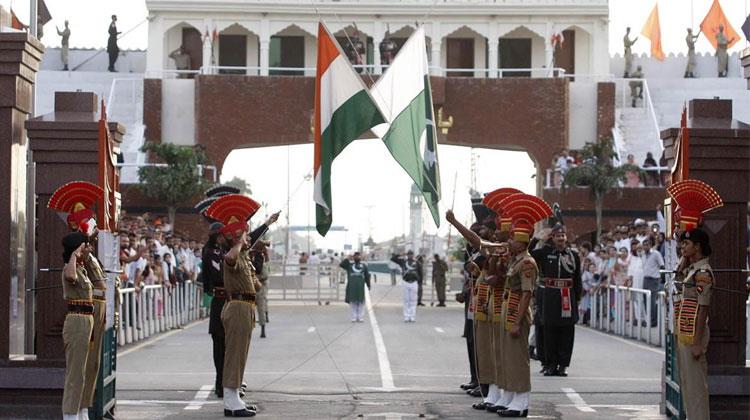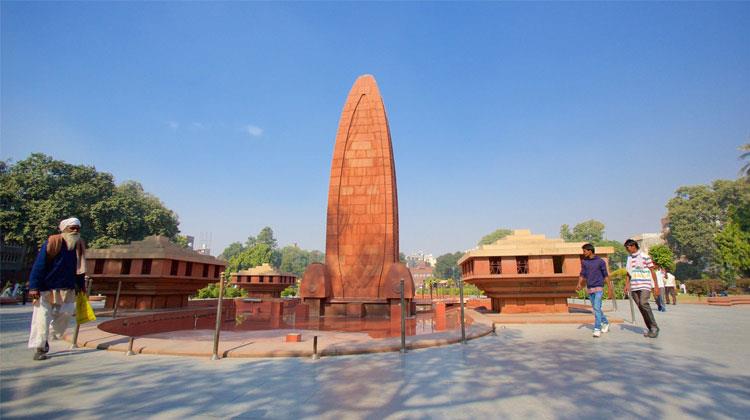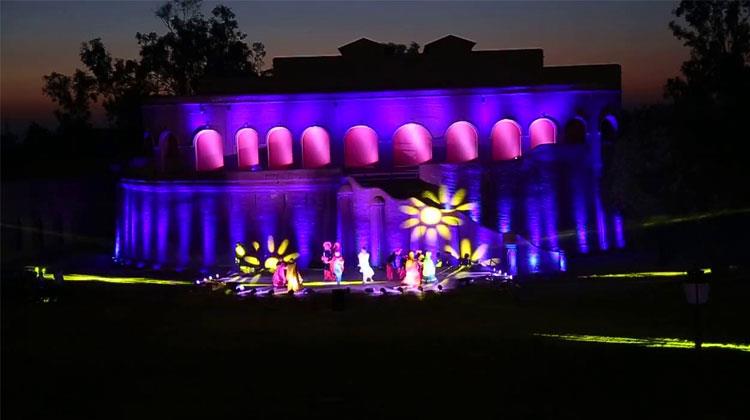History & Culture



Wagah Border
The Wagah border is a post between India and Pakistan. It has become famous for the beating the retreat ceremony which includes the closing of international gates and the lowering of the flags of both the countries. Around 5000 people visit the Wagah border, which has become very popular among tourists all over the world.The flag code of India mandates that the national flag shall be flown only from sunrise to sunset. It is an entertainment ceremony and a highly stylized patriotic display as well as an energetic performance. The guards who perform are chosen carefully among those who have great height, ability to perform and imposing stature. People from both the sides watch the ceremony. The crowd on weekends is heavy and people watch it from the stands.
There are certain things that one should remember while visiting Wagah border. There are jammers here so no mobile phone service is available here. No covered bags are allowed, including ladies handbags or purses. There are stalls nearby,to buy food and bottled water.
Jallianwala Bagh
The Jallianwala Bagh massacre, also known as the Amritsar massacre, was a seminal event in the British rule of India. On 13 April 1919, a crowd of non-violent protesters, along with Baishakhi pilgrims, had gathered in the Jallianwala Bagh garden in Amritsar, Punjab to protest the arrest of two leaders despite a curfew which had been recently declared. On the orders of Brigadier-General Reginald Dyer, the army fired on the crowd for ten minutes, directing their bullets largely towards the few open gates through which people were trying to run out. The dead numbered between 370 and 1,000, or possibly more.This "brutality stunned the entire nation", resulting in a "wrenching loss of faith" of the general public in the intentions of Britain. The ineffective inquiry and the initial accolades for Dyer by the House of Lords fuelled widespread anger, leading to the Non-cooperation Movement of 1920–22.
Govindgarh Fort
One of the Amritsar Tourist Attractions, the Gobindgarh Fort is a very important site with immense historical significance. Locally known as the 'Bhangian Da Quila', the fort was constructed in the year 1760.Historical evidences prove that the fort belonged to Gujjar Singh Bhangi during the early nineteenth century, which gave it the earlier mentioned name.
Several years later, Maharajah Ranjith Singh took the assistance of Jodh Singh to remodel the Gobindgarh Fort. The massive fort was built to safeguard the King's treasures and to protect his subjects.
Great Trip with Great Company
